Wildlife Management Systems: From Planning to Preservation
- August 6, 2024
- 0 comment
Create effective wildlife management systems with comprehensive planning and preservation strategies to ensure sustainable ecosystems and biodiversity. Comprehensive wildlife management systems are vital for ensuring the sustainability and preservation of wildlife and their habitats. This provides an in-depth overview, guiding readers through the key components of these systems, from their initial planning stages to their long-term preservation efforts.
Understanding Wildlife Management
Wildlife management is the careful planning and implementation of strategies aimed at conserving wildlife populations and their habitats. This discipline encompasses a variety of practices aimed at balancing the needs of wildlife with human interests.
Conservation Goals
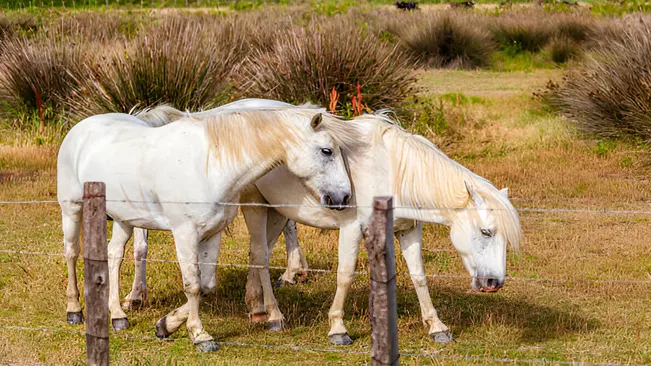
- Preserving Biodiversity: One of the primary goals of wildlife management is to maintain and enhance biodiversity. This involves protecting endangered species, ensuring the genetic diversity of populations, and creating conditions that allow various species to thrive.
- Sustainability of Species: Ensuring the long-term survival of species is crucial. This can involve habitat restoration, legal protections, captive breeding programs, and other conservation measures.
Human-Wildlife Interaction
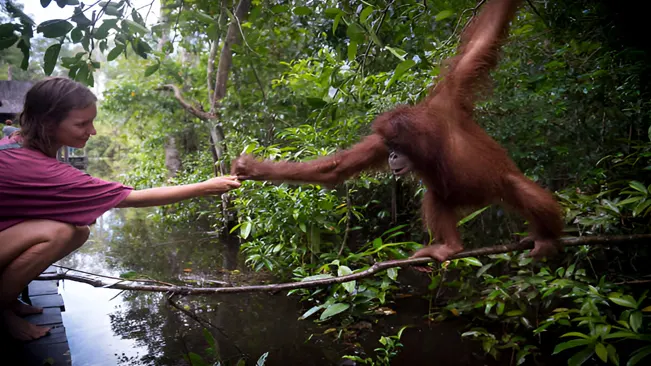
- Addressing Conflicts: Wildlife management seeks to mitigate conflicts between human populations and wildlife. This can include measures to prevent wildlife from encroaching on agricultural lands, urban areas, or other human habitats.
- Promoting Coexistence: Effective wildlife management encourages coexistence by creating awareness, implementing educational programs, and developing policies that support both human and wildlife needs.
Ecological Health
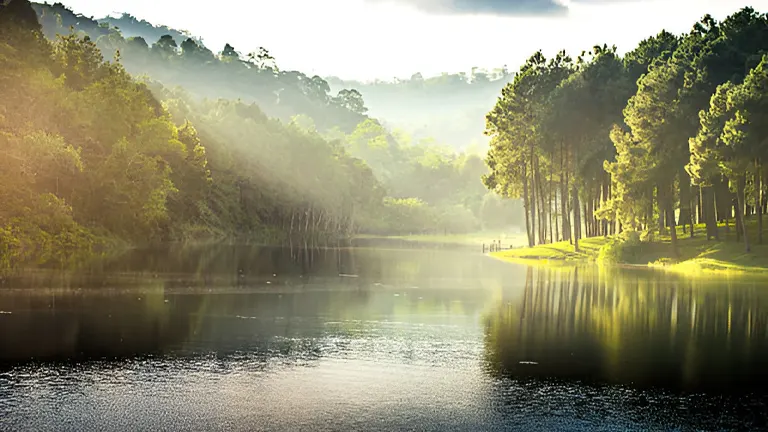
- Ecosystem Integrity: Maintaining the health of ecosystems is a key focus. This involves preserving natural habitats, protecting water sources, and ensuring that ecosystems can continue to provide essential services such as pollination, pest control, and nutrient cycling.
- Facilitating Ecosystem Services: Healthy ecosystems support a range of services that are vital to both human well-being and wildlife. Effective management ensures these services are sustained, benefiting both nature and society.
Planning and Implementation
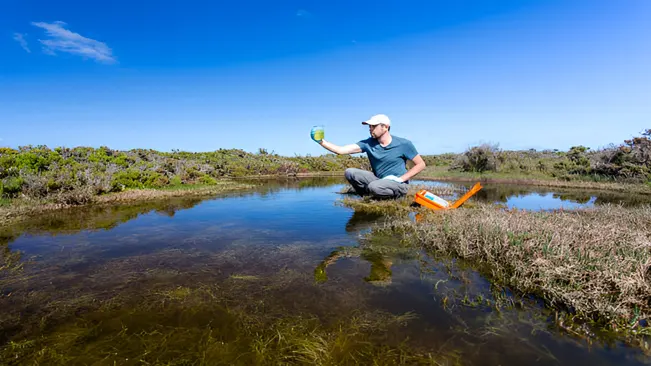
- Data Collection and Analysis: Comprehensive wildlife management begins with gathering data on species populations, habitat conditions, and environmental factors. This data is used to inform management decisions and create effective strategies.
- Policy Development: Creating policies that support conservation goals is essential. This includes laws and regulations that protect wildlife, control land use, and manage resources sustainably.
- Community Involvement: Engaging local communities in wildlife management efforts is crucial for success. This involves education, participation in conservation activities, and consideration of local needs and knowledge.
Preservation Strategies
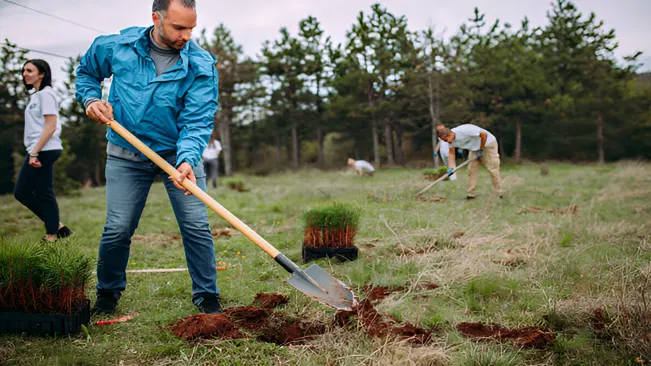
- Habitat Restoration: Rehabilitating degraded habitats and creating new ones are key strategies. This can involve planting native vegetation, restoring wetlands, and removing invasive species.
- Protected Areas: Establishing and managing protected areas such as national parks, wildlife reserves, and conservation easements helps safeguard critical habitats and species.
- Species-Specific Programs: Targeted conservation efforts for specific species, especially those that are endangered or threatened, can include breeding programs, habitat enhancements, and legal protections.
Phases of Comprehensive Wildlife Management
Assessment and Planning
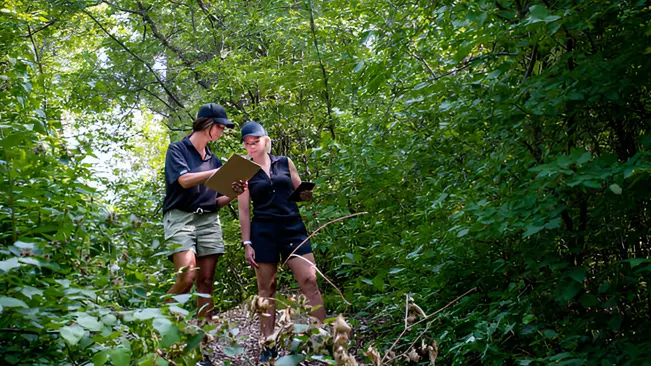
- Data Collection
Gather comprehensive data on species populations, habitat conditions, and environmental factors. This may include field surveys, remote sensing, and historical data analysis. - Stakeholder Engagement
Involve local communities, governments, conservation organizations, and other relevant stakeholders in the planning process to ensure diverse perspectives and interests are considered. - Goal Setting
Establish clear, specific, and measurable objectives for wildlife conservation, such as increasing population numbers of threatened species or restoring degraded habitats.
Implementation of Management Strategies
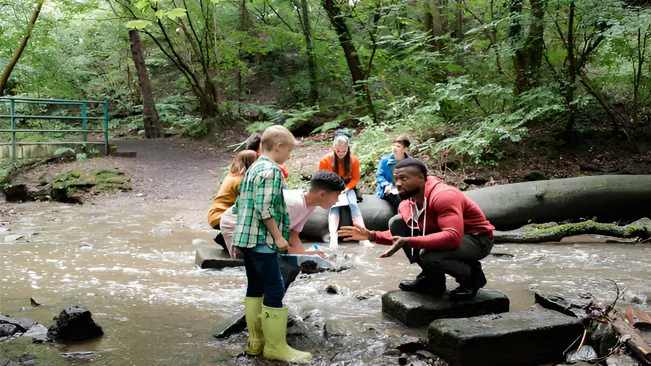
- Habitat Restoration
Undertake projects to restore and enhance habitats that have been negatively impacted by human activities. This could involve reforestation, wetland creation, or invasive species removal. - Population Control
Implement strategies for managing wildlife populations, including controlled hunting, trapping, relocation, or other methods to address issues like overpopulation or invasive species. - Education and Outreach
Develop and execute programs to raise awareness and educate the public about wildlife conservation. This might include workshops, educational materials, and community events.
Monitoring and Evaluation
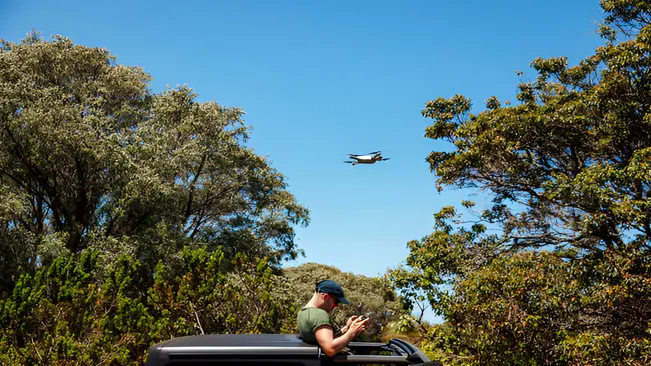
- Ongoing Assessment
Continuously monitor the effectiveness of implemented strategies. This involves tracking wildlife populations, habitat conditions, and the impacts of management actions. - Research Initiatives
Support and conduct scientific research to better understand wildlife health, behavior, and the impacts of management practices. This can help refine strategies and address emerging issues. - Feedback Mechanisms
Establish channels for community feedback and stakeholder input to improve management practices. This can include surveys, public meetings, or online platforms.
Preservation Efforts
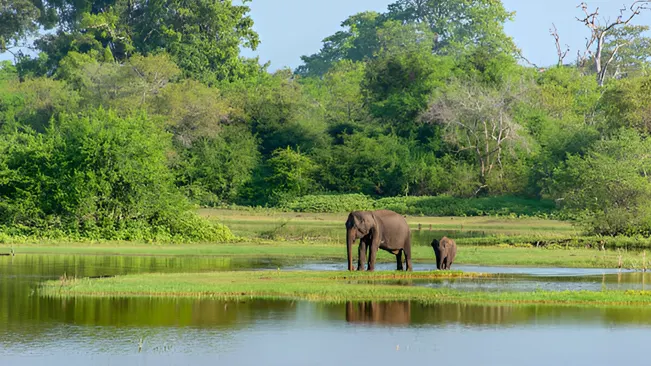
- Protected Areas
Designate and manage protected areas, such as national parks and wildlife reserves, to provide safe habitats for species and safeguard biodiversity. - Legislation and Policy
Develop and enforce laws and policies that protect endangered species and regulate activities that may pose threats to wildlife, such as poaching or habitat destruction. - Restoration Projects
Engage in long-term ecological restoration projects aimed at improving habitat quality and connectivity, enhancing biodiversity, and ensuring ecosystem resilience.
Challenges in Wildlife Management
Climate Change

- Impact on Habitats: Climate change leads to shifts in temperature and precipitation patterns, which can transform or destroy wildlife habitats. For example, rising temperatures might cause polar ice caps to melt, affecting species dependent on icy environments.
- Species Distribution: As habitats change, wildlife may need to migrate to new areas to find suitable conditions, which can lead to increased competition and conflict with other species.
- Behavioral Changes: Altered weather patterns can disrupt breeding seasons, migration routes, and food availability, affecting animal survival and reproduction.
Urbanization
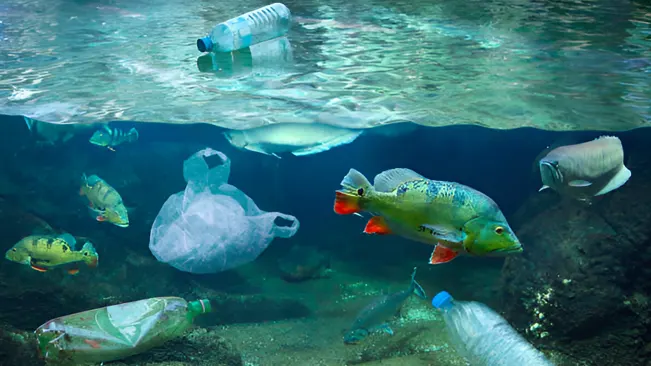
- Habitat Fragmentation: The expansion of cities and infrastructure often leads to the fragmentation of natural habitats. This can isolate wildlife populations, making it difficult for them to find food, mates, or migrate.
- Human-Wildlife Conflict: As humans encroach on wildlife territories, conflicts can arise, leading to harm or death for animals and sometimes damage to human property.
- Pollution: Urban areas contribute to various forms of pollution (e.g., air, water, light), which can adversely affect wildlife health and behavior.
Poaching and Illegal Trade
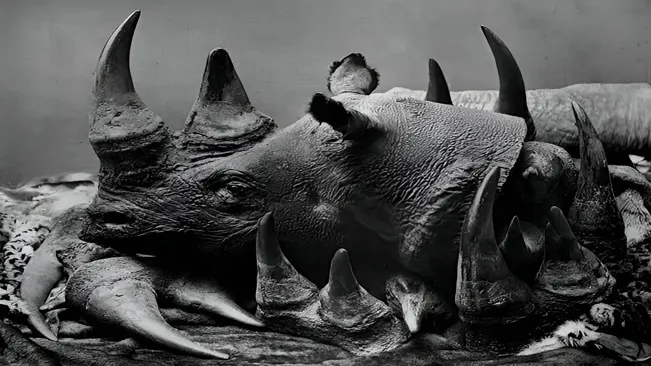
- Threat to Species: Illegal hunting and trafficking target specific species for their body parts, such as ivory, fur, or medicinal uses, often leading to dramatic population declines or even extinction.
- Economic Drivers: The high value of illegal wildlife products drives a black market that can be difficult to control and regulate, impacting conservation efforts.
- Weak Law Enforcement: In many regions, law enforcement agencies lack the resources or training to effectively combat poaching and trafficking.
Invasive Species

- Disruption of Ecosystems: Non-native species introduced to new environments can outcompete native species for resources, alter habitat structures, and disrupt food chains.
- Ecological Imbalance: Invasive species can prey on or bring diseases to native species, leading to population declines and ecosystem imbalances.
- Management Challenges: Controlling invasive species often requires significant resources and coordinated efforts, making it a challenging and ongoing task for wildlife managers.
Conclusion
Comprehensive wildlife management systems encompass an array of interconnected activities aimed at conserving wildlife and promoting ecological balance. From careful planning and stakeholder involvement to robust preservation tactics, these frameworks are essential for fostering healthy wildlife populations and preserving their habitats.
FAQs
- What is a Comprehensive Wildlife Management System?
A Comprehensive Wildlife Management System involves a holistic approach to managing wildlife by integrating planning, conservation, monitoring, and preservation strategies to ensure sustainable ecosystems and biodiversity. - Why is planning crucial in wildlife management?
Planning is essential to identify conservation goals, assess habitat needs, and develop strategies that address threats and promote long-term sustainability. It ensures that management actions are well-coordinated and effective. - What are the key components of a wildlife management plan?
Key components include habitat assessment, species monitoring, threat identification, conservation goals, management strategies, stakeholder engagement, and evaluation metrics. - How do conservation strategies differ from management strategies?
Conservation strategies focus on protecting and restoring habitats and species, while management strategies encompass broader actions, including regulating human activities, controlling invasive species, and mitigating threats. - What role does monitoring play in wildlife management?
Monitoring tracks the health and status of wildlife populations and habitats, assesses the effectiveness of management actions, and provides data to adapt strategies as needed. - How can technology assist in wildlife management?
Technology, such as GIS, camera traps, and acoustic monitors, enhances data collection, analysis, and management by providing real-time information on wildlife movements, habitat conditions, and potential threats. - What are the common challenges faced in implementing wildlife management systems?
Common challenges include climate change impacts, habitat fragmentation, human-wildlife conflicts, inadequate funding, and the need for interagency cooperation. - How do you engage stakeholders in wildlife management efforts?
Engaging stakeholders involves involving local communities, government agencies, conservation organizations, and the public through consultations, workshops, and collaborative decision-making processes. - What are some successful examples of wildlife management systems?
Successful examples include national parks and reserves, species recovery programs, and collaborative conservation initiatives that have led to the restoration of endangered species and habitats. - How is the effectiveness of a wildlife management system evaluated?
Effectiveness is evaluated through monitoring data, progress toward conservation goals, stakeholder feedback, and adaptive management practices that adjust strategies based on observed outcomes and changing conditions.
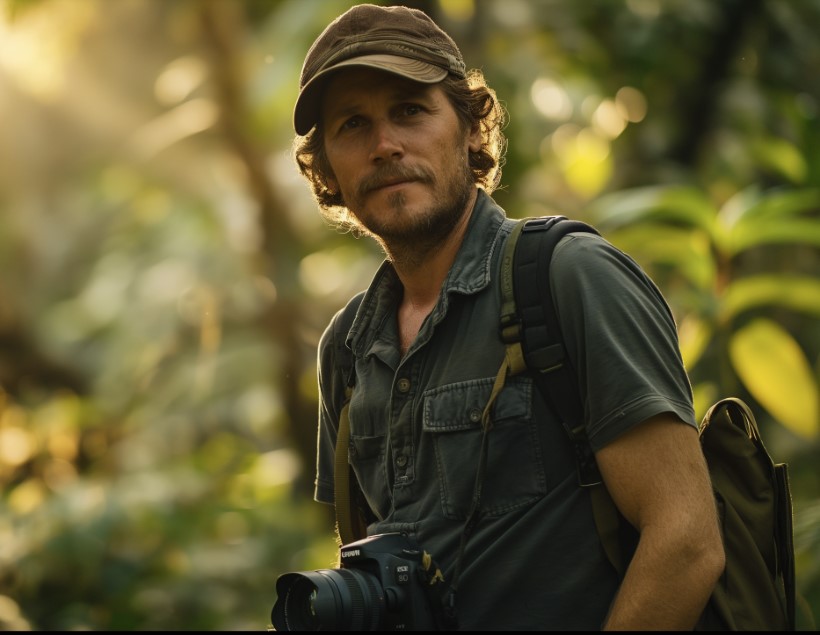
Evan Bennett
Forestry AuthorEvan Bennett brings over a decade of expertise in forestry wildlife management to the forefront, specializing in habitat conservation, biodiversity, and human-wildlife interaction. Evan's work ensures harmonious coexistence between wildlife and human communities through effective and sustainable practices. Continuously engaging in research and workshops, Evan stays at the cutting edge of wildlife management advancements. As a trusted advisor and contributor to leading environmental journals, Evan is dedicated to preserving the natural world for future generations.



Leave your comment